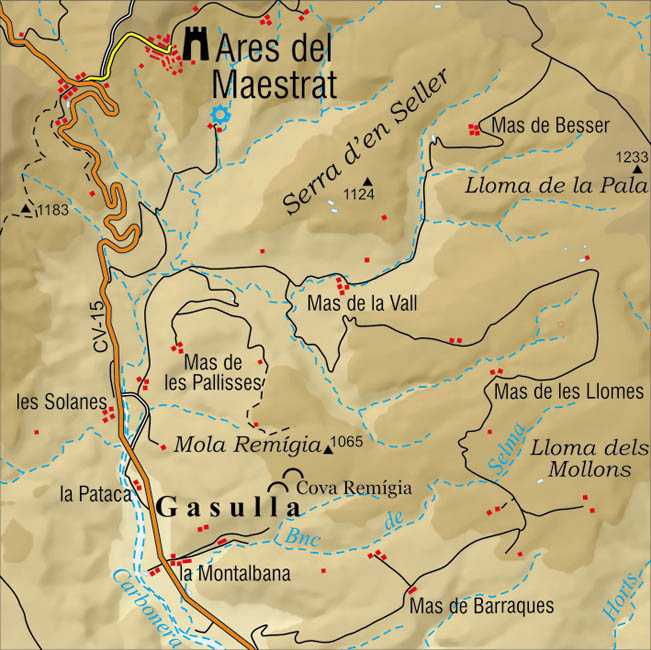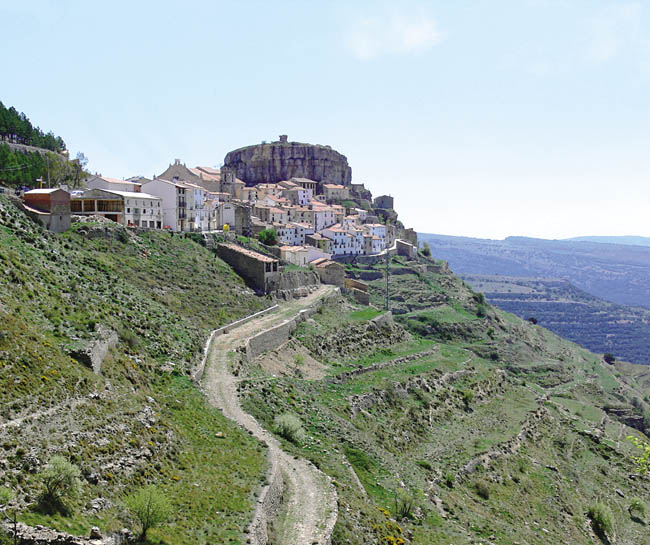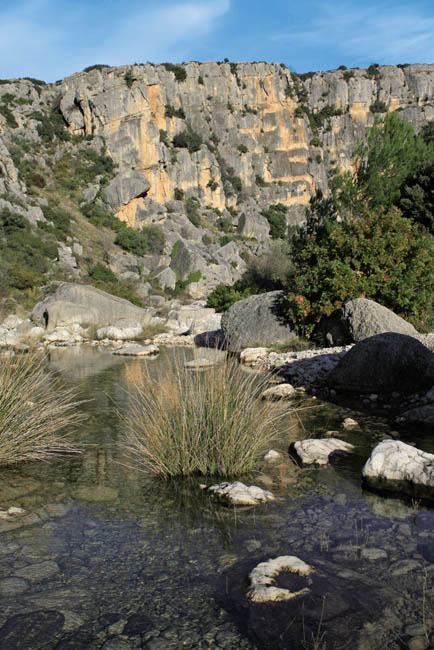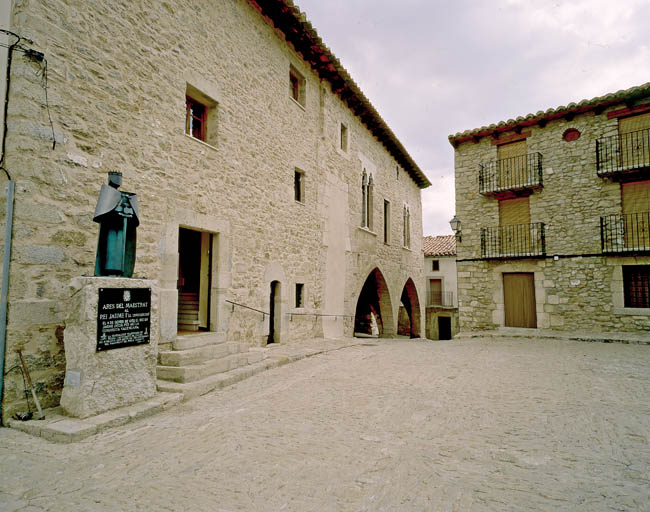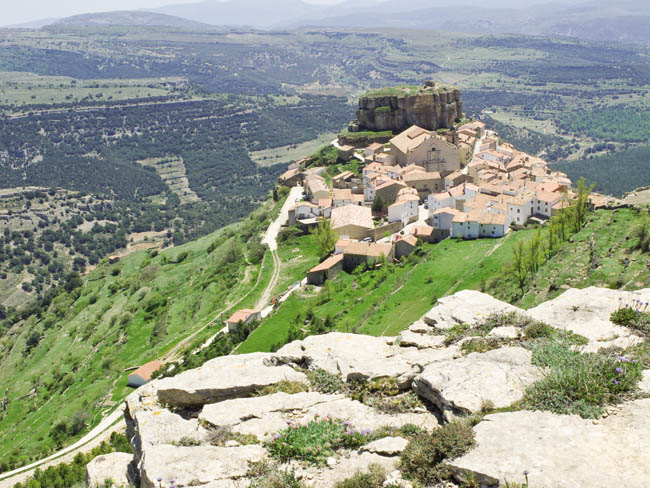The Barranco de la Gasulla is in the town of Ares del Maestrat, being a tributary of the Rambla Carbonera. The landscape that surrounds the ravine is typically Mediterranean, it’s made up of plateaus, called muelas, which are cut by deep ravines or ramblas. The limestone rocks allow for, thanks to erosion, the appearance of shelters and caves where cave paintings have been found. Els Cirerals, Racó Molero, Racó Gasparo, Les Dogues, Mas Blanc or Mas del Cingle, as well as Remigia and el Cingle, are a unique representation in the prehistoric art world, with more than a thousand figures. The hand of man, who has been moulding these landscapes since ancient times as shown by the cave paintings, has been in charge of ploughing the slopes for the cultivation of olive, almond and other fruit trees. The Barranco de Gasulla is therefore a unique place in the entire Mediterranean Peninsula, and therefore deserves special attention by combining; a well-preserved natural landscape, a history that stretches back thousands of years as evidenced by archaeological sites and cave paintings and a rural environment that conveys values of the native culture through its dry stone buildings and crops.
The Barranc de Gasulla, is deeper and rougher than the Valltorta. A dense vegetation of holm oak forests and shrubs, along with areas where the naked limestone stands out, is the predominant landscape. In the vicinity there are springs such as the Font de la Castella along with forest tracks and trails that allow you to admire an sprawling landscape. The highlands in Ares reach 1,320m and the climate can be very cold in Winter. Despite this, the paintings are well conserved.
Data
- 12165 Ares del Maestrat
- Telephone: 964 336 010
- Fax:
